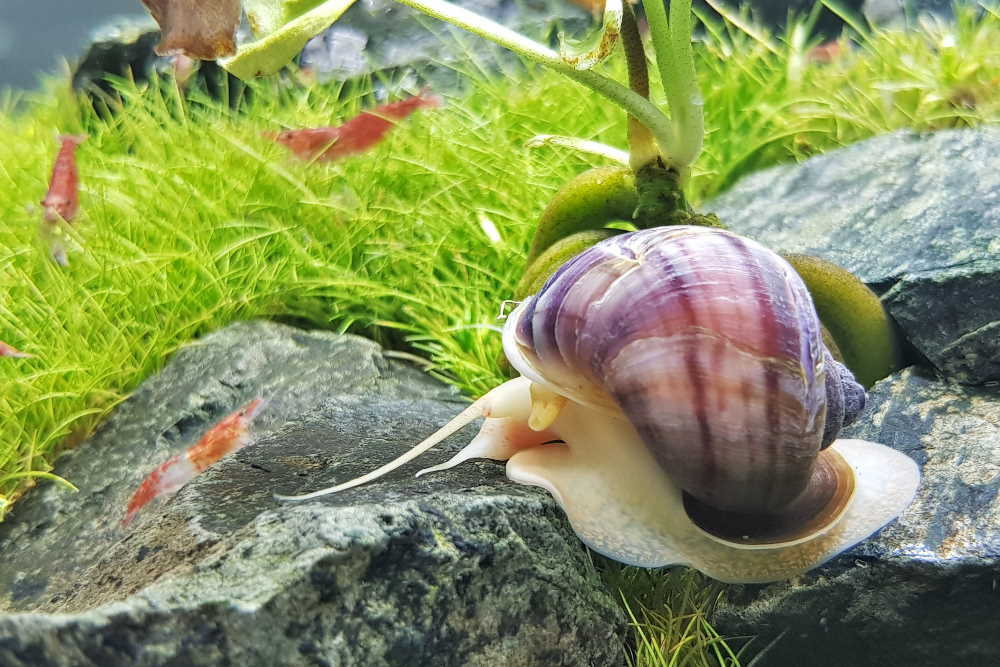Lake Malawi cichlids and Lake Tanganyika cichlids are two of the most popular types of cichlids among aquarium hobbyists. If you go to my “LIBRARY” section in the menu, you can sort the fish by their location and see all the fish in that particular lake or region. Notice I did not include Lake Victoria, if there’s an interest for Lake Victoria Cichlids I will write a separate article about it. But for now, we will concentrate only on the 2 most popular lakes in Africa.
Lake Malawi Cichlids
Lake Malawi is a large freshwater lake located in East Africa. It is home to a diverse array of cichlid species, which have adapted to the unique conditions of the lake. Here are some key characteristics of Lake Malawi cichlids:
- Coloration: Lake Malawi cichlids are known for their bright and vibrant colors, which make them a popular choice among aquarium hobbyists. They can be found in a wide range of colors, including blue, yellow, orange, and red.
- Size: Lake Malawi cichlids can vary in size, but most species grow to be around 4 to 6 inches in length. Some larger species can grow up to 12 inches or more.
- Diet: Lake Malawi cichlids are omnivores, which means they eat both plant and animal matter. They primarily feed on algae and small invertebrates, but will also eat other fish if given the opportunity.
- Behavior: Lake Malawi cichlids are known for their aggressive behavior. They are highly territorial and will defend their territory vigorously. This can make them challenging to keep in community tanks, as they may attack and kill other fish.
Lake Tanganyika Cichlids
Lake Tanganyika is another large freshwater lake located in East Africa. It is also home to a diverse array of cichlid species, which have adapted to the unique conditions of the lake. Here are some key characteristics of Lake Tanganyika cichlids:
- Coloration: Lake Tanganyika cichlids are known for their more muted coloration, which tends to be shades of brown and gray. However, some species may have blue or yellow markings.
- Size: Lake Tanganyika cichlids can vary in size, but most species grow to be around 4 to 6 inches in length. Some larger species can grow up to 12 inches or more.
- Diet: Lake Tanganyika cichlids are primarily carnivorous, which means they eat mostly animal matter. They feed on small invertebrates, such as snails and shrimp, as well as other fish.
- Behavior: Lake Tanganyika cichlids are generally less aggressive than Lake Malawi cichlids. They are still territorial, but may be less likely to attack and kill other fish. This makes them a better choice for community tanks.
While they share some similarities, they also have some key differences in coloration, diet, and behavior. Lake Malawi cichlids are known for their vibrant colors and aggressive behavior, while Lake Tanganyika cichlids have more muted coloration and are generally less aggressive. By understanding these differences, hobbyists can choose the type of cichlid that best fits their needs and preferences.
![]()




